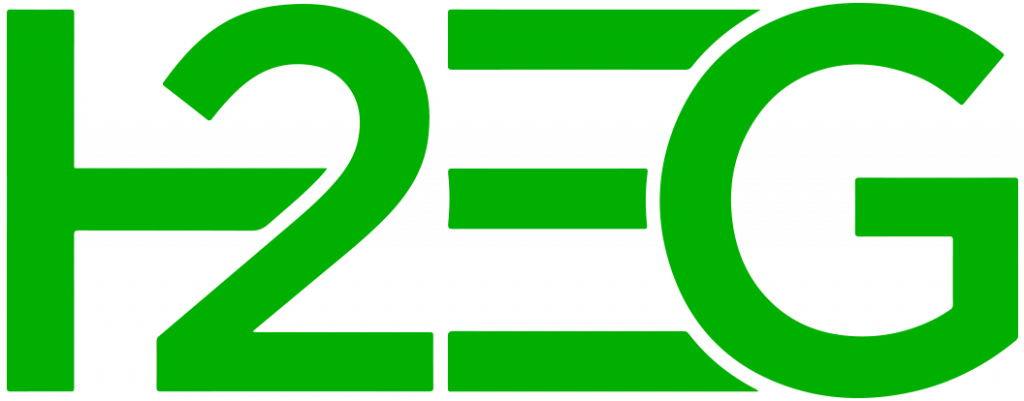
The steel was produced at its Montpelier, Iowa, facility, using scrap metal, fossil-free electricity, biocoal, renewable natural gas, and hydrogen-reduced iron through the Swedish steelmaker’s Hybrit process.
By adding hydrogen-reduced iron to the manufacturing process, the steel now meets the IEA’s requirements of near-zero steel.
“This technical breakthrough represents our market leadership,” explained Chuck Schmitt, SSAB Americas President. “SSAB Zero gives our customers confidence that they’re not compromising on quality while advancing their sustainability goals.”
The green steel is scheduled to be deployed in GE Vernova wind towers across the US. Both companies are members of the First Movers Coalition, which uses corporate buying power to accelerate low-carbon materials like steel.
The IEA recognition builds on SSAB’s commitment to supply heavy-duty manufacturer Scania with 100% hydrogen-produced steel by 2030.
SSAB says it is the first steelmaker worldwide to meet the IEA’s benchmark, in a sector responsible for 7% of global CO₂ emissions
Green steel adoption over a decade away without cheaper hydrogen: IDTechEx
IDTechEx has forecasted that the widespread adoption of hydrogen-based direct reduced iron (DRI) production is over a decade away, unless hydrogen becomes much cheaper, and infrastructure is implemented at pace.
The UK-based independent research and consulting firm found that while hydrogen DRI is leading the green steel project pipeline globally, especially in Europe, the Middle East, the US, and China, the most immediate barrier is cost.
The report highlighted that steelmakers need low-carbon hydrogen at $2–3/kg, far below the current $4–8/kg for green hydrogen, which has prompted companies like ArcelorMittal to delay final investment decisions (FID).
Continue reading here.

